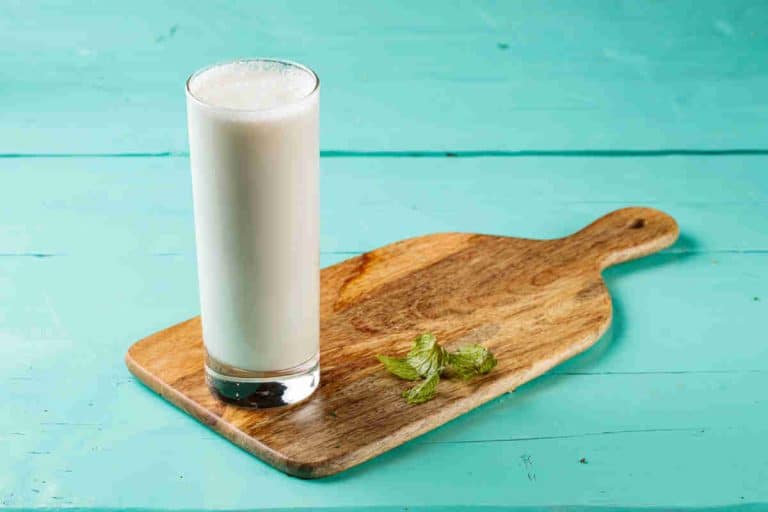In our usual installment to the gastronomic posts of this blog, it is the turn of the bissara, a cream that is widely spread all over the country, easy to cook and to tasteWe explain what it is, what it contains and how it is usually eaten, so you can make room for it in your travel diet. We explain what it is, what it contains and how it is usually eaten, so that you can make room for it in your travel diet. You won’t regret it!
Bissara cream or bissara soup?
As it is usual in Moroccan dishes, there are different ways of calling them, due to the transcription of the Arabic word into Spanish. The bissara can also be written baisara o beyssardepending on the case. But also, sometimes there is controversy about whether it is a cream or a soup, because often you can also find the term bissara soup.
Without being gastronomic scholars, in our case, we opted for the cream we opted for the creamThis is the texture and consistency it usually has. It is true that sometimes it can become very liquid, but without reaching the concept of soupi.e., that of broth with a base of water and other solid ingredients.
What’s in the bissara
Now that we have answered the question of whether it is cream or soup, it is time to understand what it contains and how bissara is made. In a very summarized form, it could be said that it is a broad bean hummusinstead of chickpeas. But in reality there are more nuances to take into account: it is true that the base of this cream is a cooked legume, in this case broad beans, which are mashed to give a creamy but dense and compact texture. However, can also be used crushed peas, at least in combination with the beans.at least in combination with beans.
The rest of the ingredients are very similar to those of the other ingredients.hummus. That is, olive oil, a couple of cloves of garlic, chopped onion and lemon juice. . Y para los condimentos, hay libertad para cada autor, aunque es habitual emplear comino y orégano. Y el toque que no suele faltar es el del paprikaThis is already at the end of the dish, as a presentation on the plate.
How and when to eat
As you can understand, it is a cream that can be eaten with a spoon, but many people prefer to use other things to put it in their mouths. For example, the typical Moroccan bread: the batboutwhich has the particularity of not being baked in the oven but in the pan, although without oil, which results in a hard and crunchy texture, especially delicious if it is freshly baked.
However, the options for taking the bissara are very wide. For example, other breads more generic, such as pita. But also carrot stripswhich goes perfectly with the cream due to its healthy character. And in certain fusion restaurants, Mexican nachos may even be offered, as their shape and crunchy texture are ideal for this purpose.
Finally, all that remains is to decide when to eat the bissara. The simplest answer is: any time! But it is customary to offer them as a starter at lunch. No obstante, también son comunes at breakfast. Y en todo caso resultan perfectos para un picoteo saludable entre horas, cuando no se tiene mucho tiempo para cocinar o para sentarse a comer.
In addition, as it is served cold or at room temperature, it will be a great dish for hot days, which are common in many areas and regions of Morocco. In short, if you are going to travel to Morocco and you like healthy dishes, suitable even for vegetarians, bissara will be an unavoidable option in your diet. Enjoy!




